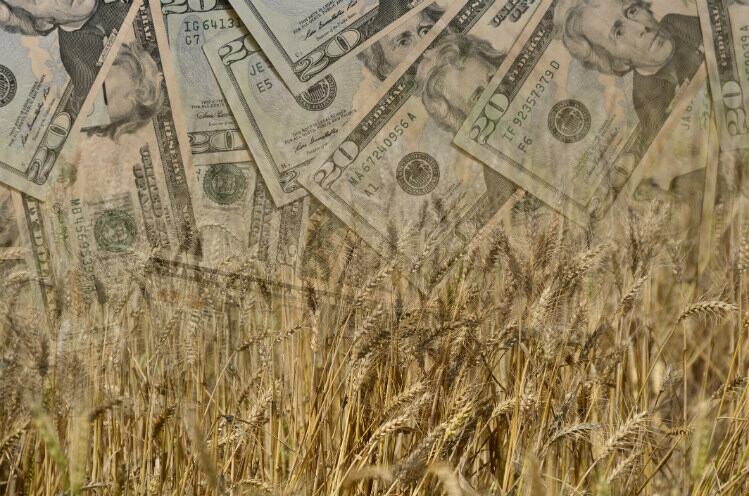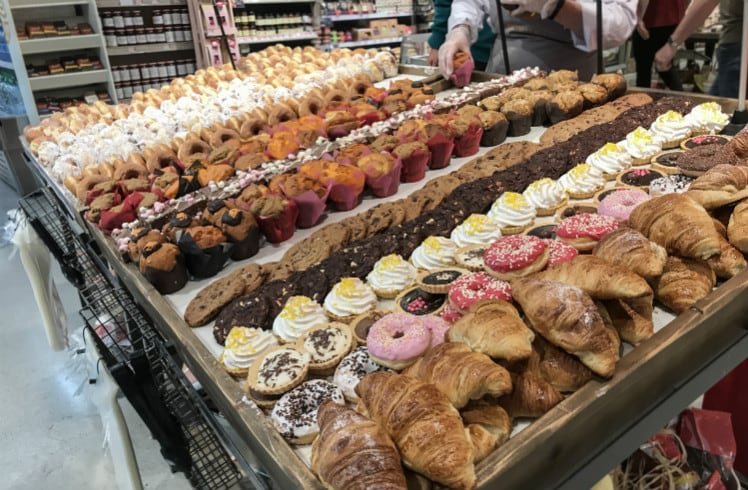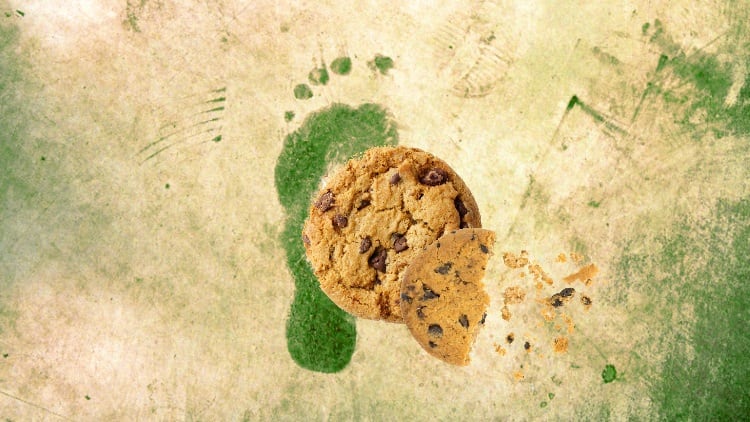Excluding the frozen subcategory, the bread and bakery sectors provided 430k jobs and $24.5bn to US GDP.
Snack foods, excluding nuts and nut butters, provided only 42k jobs but $8.5bn to GDP – which placed the category at 14th in terms of GDP contribution. Breakfast cereal manufacturing came in 24th of 57 industries with $4.4bn to GDP, as determined by the North American Industry Classification System (NAICS) used by US government agencies tasked with collecting and organizing data.
Just behind snacks, the production of dry pasta, mixes and dough added $4bn to GDP; cookies/crackers and roasted nuts (including peanut butter) each filled $3.8bn.
Rounding out bakery’s impact were frozen cakes/pastries and tortilla manufacturing, both offering about $1.5bn to GDP with 45k jobs between the two.
The production of spices and extracts also made a dent with 26k jobs and $3.8bn to GDP.
CPG across the board
In conjunction with accounting firm PriceWaterhouseCoopers (PWC), the GMA determined the impact CPG industries have on total GDP by comparing direct and indirect effects. The former included metrics like sales output and number of employees; the latter involved upstream operating expenses and downstream activities, such as consumer purchases of products made within their own industries.
This model – known as IMPLAN, or an input-output model rooted in government data – also considered the GDP effects of warehousing, transporting and retailing CPG products to end consumers. The report explained it as similar to the model used by the US Department of Commerce.
GMA and PWC used federal data from 2017, the most recent year available.
Overall, CPG plays an important role in the US economy: One in 10 US residents works in CPG, which in turn supports an additional 7.7 jobs in adjacent industries, according to GMA.
“The CPG industry’s impact on the American economy cannot be understated,” said GMA president and CEO Geoff Freeman. “Most people don't consider the jobs and livelihoods they are supporting when they purchase a new tube of toothpaste or stock up on their favorite snacks, but the products we all rely on each day have an enormous impact on our economy."
The broader industry also accounts for more than 15% of manufacturing employment as well as its contribution to GDP. In terms of sales, it proffered $1.3tn in 2017.
California adds by far the most to the nation’s GDP through direct CPG jobs – a whopping $42.2bn – followed by North Carolina with $25bn, and Ohio and Texas both at about $20bn.
If including CPG-supported jobs, California still wins with more than $280bn to GDP. Texas contributes about half of that amount, while New York and Illinois both land around $100bn.
In more rural states, residents are more likely to work in CPG directly. About 20% of residents in Nebraska and Iowa, for instance, are employed in one of these 57 industries.




